Wildlife Information:
Curious about our local wildlife? Here you can find a summary of information on most of the local species.

Eastern Cottontail Rabbit
The rabbit is one of the most common mammals across North America. They live on the edge of open grassy fields and woodlands using shrubs and thorny bushes for cover.
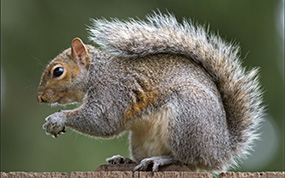
Eastern Gray Squirrel
The gray squirrel's natural (and preferred) home is in the woodland or a deciduous forest - however, they are very adaptable and enjoy the benefits of living near humans.
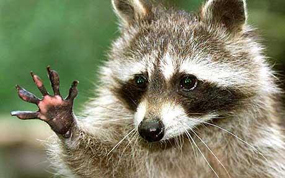
Raccoon
Raccoon's prefer living in forest areas near a water source like a stream. They are not great hunters, but will eat almost anything, so their diet is extremely varied.
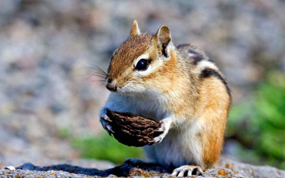
Eastern Chipmunk
The eastern chipmunk's range covers most of Eastern North America from southern Canada south to the Gulf of Mexico. They prefer living in deciduous and mixed forests.
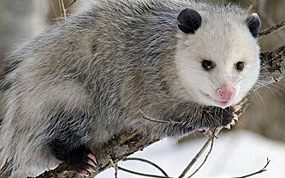
Opossum
The opossum is America's only marsupial. Like the koala, opossums carry their young in a pouch. They are nocturnal and have a prehensile tail.
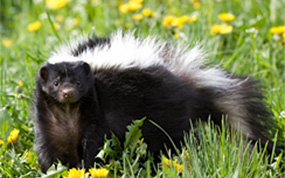
Skunk
Used as a deterrent for all predators, the skunk’s spray is unmistakable. Solitary animals, they do not hibernate, but groups will gather together in a single den for warmth in the coldest months

Eastern Wild Turkey
The most abundant turkey species, they prefer living in hardwood and mixed forests with access to fields and cropland; foraging by scratching through leaves on the forest floor for acorns, seeds, fruits, and insects.
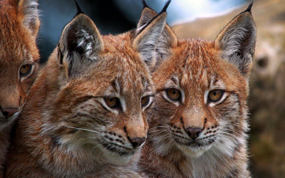
Bobcat (Lynx Rufus)
Bobcats are nocturnal, elusive and rarely seen by humans. They can adapt to life in the forest, swamps or suburban areas throughout North America. Twice the size of the average house cat, they are fierce hunters.
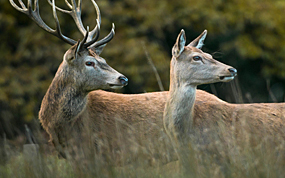
White-Tailed Deer
Deer like a great variety of vegetation. They enjoy life on the edge of a forest near open fields and brush land.
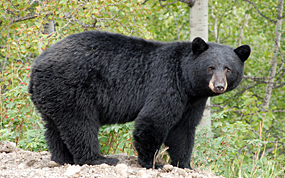
Black Bear
The black bear is the most common and widely distributed bear in North America. They live mainly in forest areas.
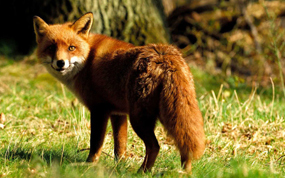
Red Fox
They inhabit all of the northern hemisphere. Carnivorous but adapt to eating whatever is available and as a result abundant and widely distributed.

Coyote
Members of the dog family, coyotes are very resourceful creatures. They are extremely adaptable and able to survive in forests, marshes, fields and populated suburbs throughout North America.
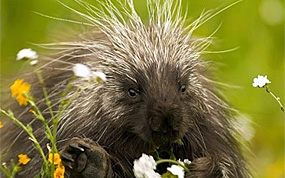
Porcupines
The porcupine is one of the most uniquely recognizable creatures in the world. They have more than 30,000 quills covering their bodies. The quills lay flat unless the animal is threatened.
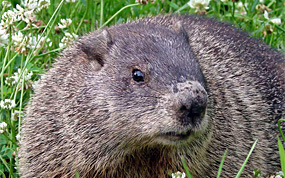
Woodchucks
Woodchucks (groundhogs) are plentiful and coexist with humans. They are often seen in yards and fields and are frequently seen in grassy areas along highways. They eat a variety of vegetation and also eat insects.
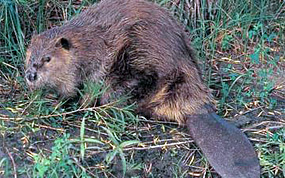
Beaver
The beaver’s diet consists of leaves, buds, and the inner bark of trees. They prefer Aspen and Poplar trees. Beavers collect branches in the fall and store them below the water to be eaten in winter.
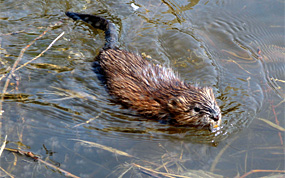
Muskrat
Muskrats are much small than beavers. They are found in almost all of North America and are common semi-aquatic member of the rodent family. They are abundant and very adaptable.



